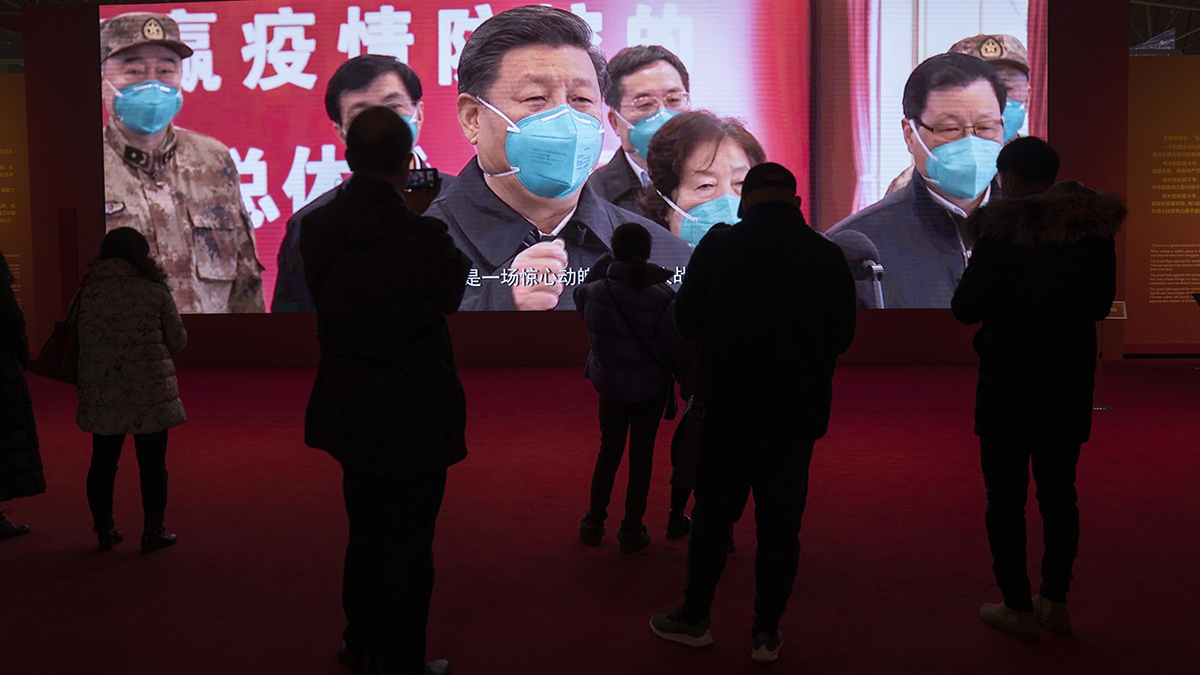The fertile mind of Justice Stephen Breyer has conjured a stream of hypothetical questions through the years that have, in the words of a colleague, “befuddled” lawyers and justices alike.
Breyer, 83, seemed a bit subdued as he sat through the last of more than 2,000 arguments Wednesday in which he has taken part during 28 years on the high court. His wife, Joanna, also was in the courtroom.
But at the end of the case about Oklahoma's authority to prosecute people accused of crimes on Native American lands, an emotional Chief Justice John Roberts paid tribute to Breyer for his prowess during arguments.
“For 28 years, this has been his arena for remarks profound and moving, questions challenging and insightful, and hypotheticals downright silly,” Roberts said.
Get top local stories in Philly delivered to you every morning. >Sign up for NBC Philadelphia's News Headlines newsletter.
A day earlier, Breyer provided only the most recent example, inventing a prison inmate named John the Tigerman in a case involving transporting an inmate for a medical test. Breyer called him “the most dangerous prisoner they have ever discovered.”
Just since Breyer announced in late January that he was retiring, he has asked lawyers to answer questions involving spiders, muskrats and “4-foot-long cigars smoked through hookahs” — none of which, it's fair to say, had any actual links to the cases at hand.
Breyer once granted an interview to The Associated Press in which he acknowledged that his questions sometimes stretch the bounds of credulity.
Health
That’s by design.
“The point is to try to focus on a matter that is worrying me. Sometimes it’s easier to do that with an example,” he said in 2008.
He's also not above a joke at his own expense. “I mean, we could stay here a long time, which we won’t, listing things I don’t know,” he said in court last week.
On the bench, Breyer's questions will sometimes elicit a laugh from Clarence Thomas or a grin from Brett Kavanaugh. Other justices have affectionately needled Breyer about the queries, which can go on and on. “I can never equal my colleague’s evocative hypotheticals,” Justice Samuel Alito said during arguments in February.
In that case, about the Environmental Protection Agency's authority to combat climate change, lawyer Beth Brinkmann actually thanked Breyer for the cigar question, which she said helped her.
Brinkmann's comment prompted Justice Elena Kagan to observe: “You know, it’s not always the case, Ms. Brinkmann, that a lawyer responds to one of Justice Breyer’s hypotheticals by saying that’s really helpful.”
The topics range far and wide, but animals often play a featured role, as happened last week in a case involving a workers compensation law for federal contractors at the Hanford Nuclear Reservation in Washington state.
“The new law applies to workers who work at any structure and its lands. So, when I read that, I think maybe there are several federal workers who are busy on a river at Hanford cleaning out muskrat nets — nests, OK, and they are nowhere near a structure where particular forms of waste are disposed of, expect — except by the muskrats, which have nothing to do with this, OK?” he asked.
In March arguments about arbitration, Breyer said, “Now suppose instead of saying you can’t arbitrate it, what they do — and this is ridiculous, but you’ll see why I do it this way for simplification — they put a spider next to it, and there’s a rule saying you can’t ever arbitrate anything with a spider, OK?”
Eventually Breyer told the lawyer, Scott Nelson, he was free to ignore the question “because it's too weird.”
Many lawyers would welcome the invitation, but Nelson was game. “I’m going to take a stab at it anyway because, you know, I don’t think these cases are any fun without a little bit of zoology involved,” he said.
___
MASKS ON, MASKS OFF
A plain black robe makes it easy to get dressed for court. But this term, amid a roller coaster of COVID-19 concerns, justices have weighed whether to add masks to their courtroom attire, with on again, off again results.
When they returned to the courtroom in October following more than a year and a half of pandemic-inspired arguments by phone, the justices were unmasked. The lone exception was Justice Sonia Sotomayor, a diabetic since childhood, who has consistently worn a mask in court. Everyone else in the courtroom was required to wear masks, but lawyers removed theirs when they made their arguments.
In January, as coronavirus cases were spiking, seven justices wore masks for the first time while hearing arguments in cases about the Biden administration’s authority to require vaccines for health care workers and impose a vaccine-or-testing requirement on the nation’s large employers. Neil Gorsuch was the lone unmasked justice, while Sotomayor, his seatmate, stayed out of the courtroom altogether and took part in arguments from her office. They denied a media report that they were at odds over masks.
Sotomayor returned for February arguments, but everyone else was unmasked as the omicron surge waned. The court soon dropped the mask requirement for everyone else in the courtroom.
Then for the term's final arguments this week, Justice Elena Kagan showed up wearing a mask. The court said she had been exposed to someone with the virus and while repeatedly testing negative had decided to wear one out of an abundance of caution.
While masking was a choice, judicial modesty prevailed — only solid colors, white, black or dark blue.



